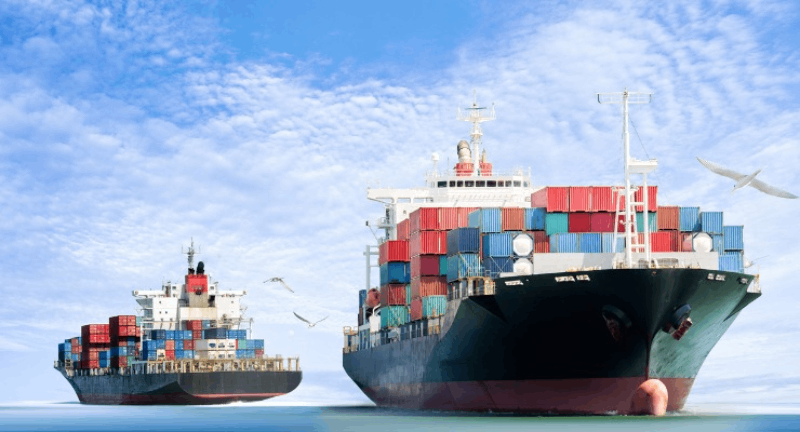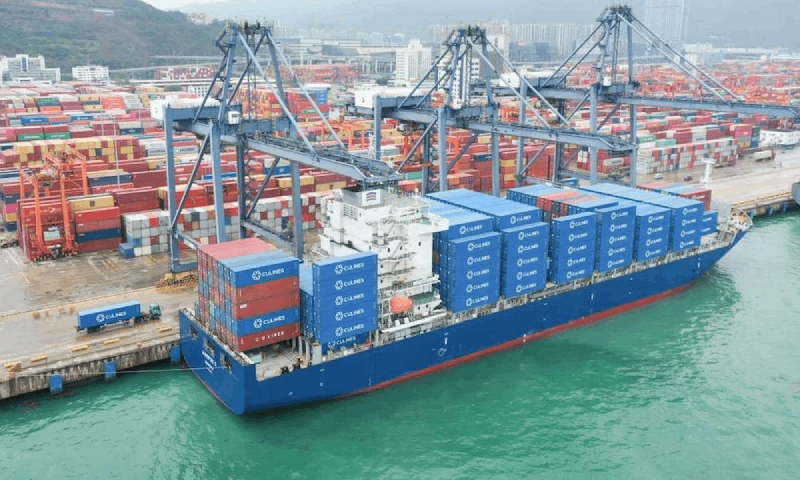Welcome to GLA! Leading the global logistics alliance.


Your location:Home > News > Due to congestion and shortage of transport capacity, the surcharges of this service in inland Europe has skyrocketed
Time:2022-08-30 Publisher:Kevin Num:5495

Barge surcharges in Europe surged by 150% due to congestion in inland areas and competition between container transport demand and coal demand after Russia decided to cut gas supply.
Contargo, the main barge operator in Europe, announced that from September 1, the emergency surcharge for each full or empty container will be increased from 10 euros to 25 euros. Obviously, this will bring new cost pressure to shippers.
Contargo said: "in addition to the large number of problems existing in the port (ship delays, container reception restrictions, etc.), serious bottlenecks continue to affect our services in the railway network and inland shipping."
This effect is felt almost all over the deep-sea terminals, and the alternatives to barges are still limited. Affected by the low water level, the railway capacity has been booked in advance, but the recent strike tide has aggravated the congestion of European ports.
(Related reading: European ports are seriously affected by the strike and the supply chain is blocked)
Container barge transportation has to compete with coal and grain transportation for limited transportation capacity. The continued extremely low water levels of the Rhine and its tributaries have increased the demand for additional vessels and pushed prices to critical levels. "
As the rainfall pushed up the water level of the Rhine River for the first time in a month, the water level of the kaub reach reached 100 cm, and the barge customers experienced a short respite.

However, a source said that this could not relieve the congestion, because although more barges were running after the river was closed, the transport capacity of many barges was basically not fully utilized.
One barge owner said: "before the low water level, one barge could transport nearly 5000 tons of cargo, but now the same cargo is scattered on three to four ships."
There are similar problems in container transportation. Many barges could originally carry 200 containers, but currently they can only carry 65.
Contargo said that it was trying to make up for this loss by creating additional capacity for barge users, but noted that barge transportation was still "plagued by a shortage of cargo tanks".
Prev:Maersk officially withdrew from Russian container terminal businessNext:The cargo volume of container shipping market dropped, and the excess demand almost disappeared
Recommended Membership
Latest News